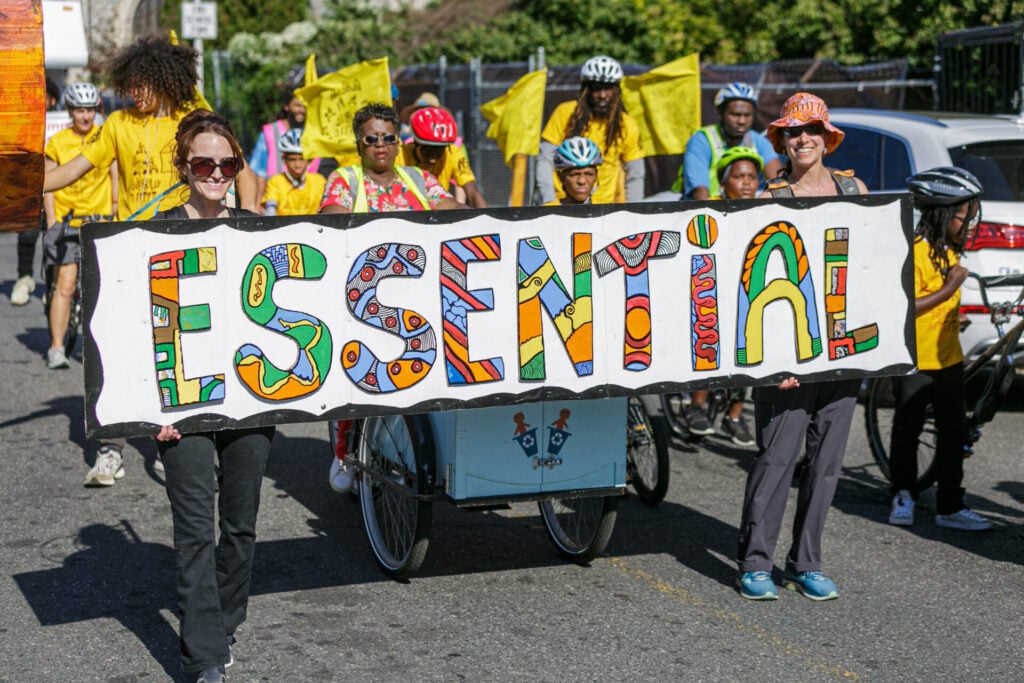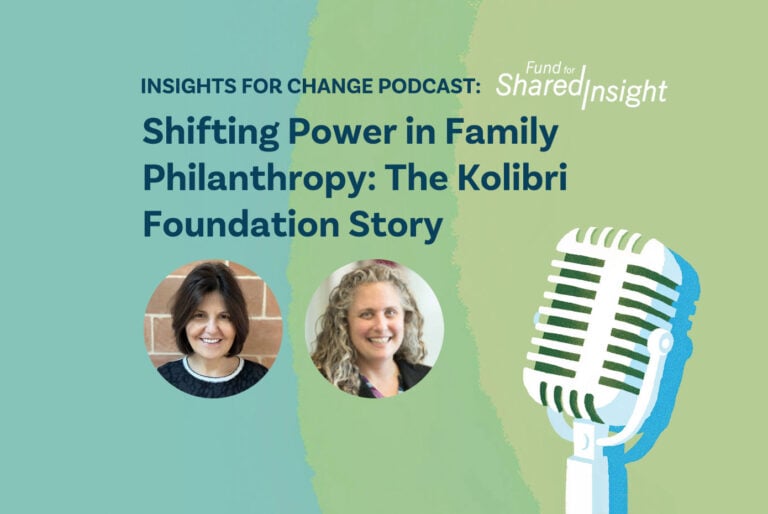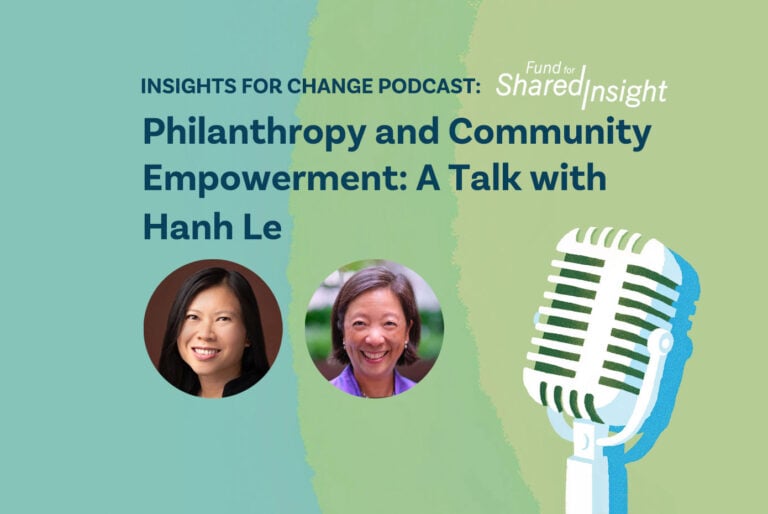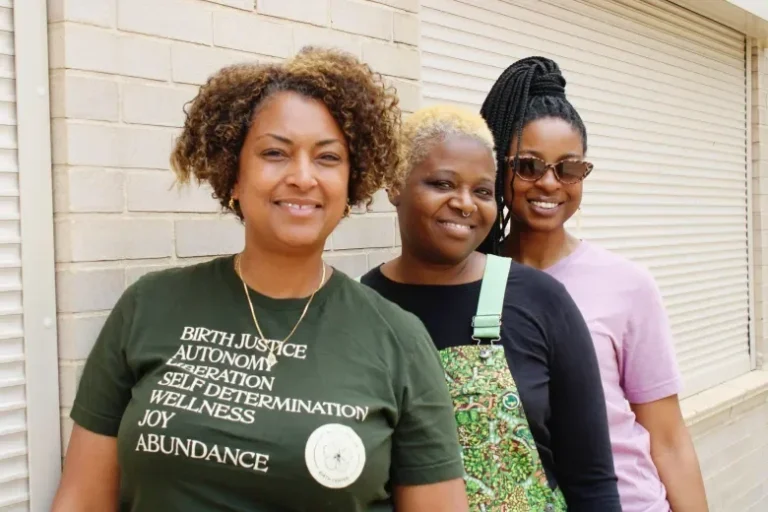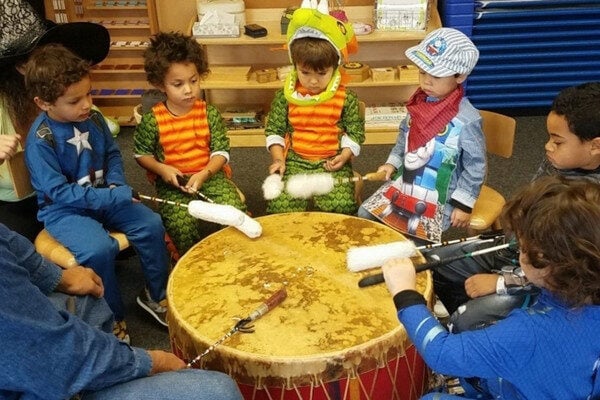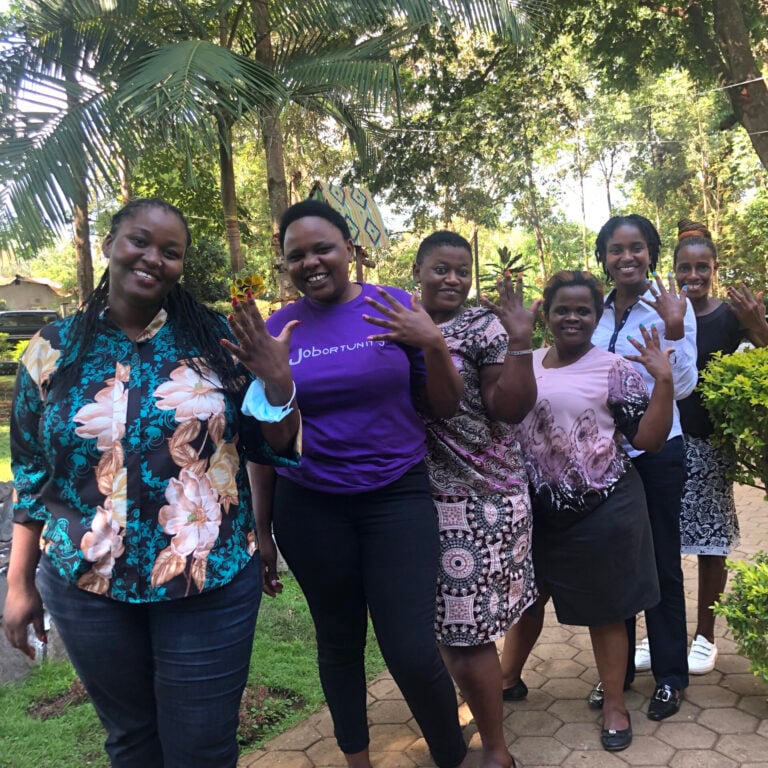When the William Penn Foundation launched a new grantmaking area in workforce development in 2025, it looked different from previous foundation efforts. Instead of creating a new program, they focused on removing barriers to existing programs — for example, supporting childcare, transportation, and clearing justice system records to allow people to participate in job training and sustain employment. The difference came from listening to what people in Philadelphia and its region wanted from the foundation, the area’s largest place-based funder.
“People said, ‘Don’t build new things. Help us take care of the things we already have,’” says Shawn McCaney, William Penn’s executive director. Using that kind of input to drive the design of the new program, he says, exemplifies how the foundation is transforming from being a “foundation-centric grantmaker” to becoming “community-centric.”
The philanthropic sector needs to 'move away from the model of a family foundation setting priority areas and then dictating to the community what they should be doing.'
Katherine Christiano, William Penn Foundation
Otto Haas, a chemical manufacturer, and his wife, Phoebe Waterman Haas, an astronomer, created the foundation in 1945. Their sons, F. Otto and John C. Haas, continued to run the organization, which they renamed in honor of William Penn, a founder of Pennsylvania, whose ideas inspired the delegates who came to Philadelphia to draft the Constitution of the United States. The William Penn Foundation continues to be a family foundation, now led by the third and fourth generations, governed by a corporation composed of family members only and a board of directors composed of seven family members and four Philadelphia-area community leaders.
Katherine Christiano, a fourth-generation member of the Haas family, serves as chair of the board and vice chair of the corporation. She and other younger family members have driven changes at the foundation because, she says, the philanthropic sector needs to “move away from the model of a family foundation setting priority areas and then dictating to the community what they should be doing.”
Community conversations inform foundation strategy
When the foundation began its most recent strategic planning process, which it undertakes about every ten years, the board and staff decided that this time it would look different. A grantee survey through the Center for Effective Philanthropy had revealed that grantees saw gaps in how well the foundation understood their work and communities. And, at the same time, the foundation had received some positive feedback about how responsive their grantmaking had been during the COVID-19 pandemic. The experiences pointed to the potential benefits of “a profound level of engagement” with the community, McCaney says.
Initial input from grantees and conversations with 116 community leaders in 2023 helped set direction for the strategic planning process. Later, conversations with 254 community members, nonprofit and government staff, and researchers helped market test the initial outlines of the plan against the priorities of the community — leading to significant revisions. Importantly, says McCaney, the foundation made sure to reach out to “folks who we don’t normally talk to,” including community members who weren’t coming to them with grant requests. When the final plan was ready in the summer of 2024, more than 1000 people from around Philadelphia participated in a series of events sharing how community input had shaped the plan, with an invitation to continue sharing thoughts and questions.
When William Penn announced a simplification of its grant application process, 'people stood up and clapped.' It was gratifying to hear: 'You listened. Thank you.'
Christiano recalls at one of these meetings, when they announced a simplification of the grant application process, “people stood up and clapped.” It was gratifying, she says, to hear: “You listened. Thank you.”
The foundation’s new program in workforce training is one result of the listening process, as is a program in democracy and civic initiatives. Longstanding program areas have also been redesigned to reflect priorities that bubbled up during conversations with community members. Christiano describes the board’s response when illegal dumping was raised multiple times as an environmental concern: “We were like, of course, yes. How can we get in? What can we do? What are communities finding?”
The listening process also shifted how the foundation sets goals. “Folks wanted to see us invest more directly in people and places,” McCaney says, leading to more tangible impacts. “We still are involved in policy and systems change, but in the service of this more objective-driven specific work.”
Now instead of general strategies, the foundation has 32 objectives aligned with community priorities. For example, to increase tree canopy in the city, the foundation is now working to fund the planting of 30,000 trees in a way that honors and supports the city’s own plans.
Articulating the value of community voice
Community members also wanted more transparency about the foundation’s grantmaking decisions. In response, the board decided it was time to articulate the values that served as the basis of the foundation’s philanthropy.
Christiano describes these values as being part of her and her cousin’s upbringing, rooted in the Quaker education many of them received with their grandparents’ encouragement. In the planning process, the board began keeping track of the values that kept coming up as important to the family and the community leaders on the board.
The resulting set of values includes elevating community voice. “No one knows a community better than the people who live there,” the foundation says on its website.
A related foundation value is to “Prioritize opportunities for communities that have been most affected by economic inequity, discrimination based on race, gender, or sexual orientation, and other forms of injustice.”
Living into these values, Christiano says, includes prioritizing grant applications from neighborhoods in Philadelphia that have been historically disenfranchised, and moving to an open RFP process. Now, McCaney says, about 30 percent of the foundation’s grantees are new to the foundation.
Capturing the values reinforces the foundation’s commitment to using them to govern decisions going forward. The foundation is also taking steps to institutionalize them. For example, following each new RFP, the foundation now forms a learning community run by the selected grantees, which controls a pool of funds to use for collaborative work addressing priorities they identify. The foundation is also convening external program advisory committees for each program area as a way for community leaders who aren’t grantees to provide an outside perspective on strategies and approaches.
Even with all the changes, Christiano and McCaney acknowledge that there is a limit to how much family foundations, including the William Penn Foundation, are driven by community voice, when family members hold the majority of governing board seats. However, they note that even when a family’s interests and passions guide a foundation’s work, funders can still make significant shifts to increase the role of communities in determining how that work moves forward.
Listening-first approach in democracy and policy
In another route to building community power, the foundation is supporting work to ensure that more people have their interests represented in democratic systems — in the spirit of William Penn, and as Philadelphia prepares to celebrate the U.S. semiquincentennial in 2026.
“We want to make sure that all Philadelphians feel like their voice can be heard,” Christiano says.
Voices of Philadelphians are also being reflected in the foundation’s response to changes in federal policy. Early this year, the foundation invited grantees and other nonprofit leaders to share what they were experiencing and where philanthropy could help. As a result, the foundation announced $10 million in grants to identified priorities, including support to meet basic needs, as well as for technical expertise and legal action. In addition, the foundation is supporting collaborative efforts to support immigrants and refugees.
The foundation’s new listening-first approach, McCaney says, has revealed to him and his colleagues how they as grantmakers were previously “cut off from whole areas of knowledge.” Now, he says, “we feel like we’re learning a lot more,” but the test is in the foundation’s continued transformation. “Talk to us a year from now. We’ll see what changes.”
Get inspired at our Funder Listening Action Menu by how William Penn Foundation and other funders are listening.
